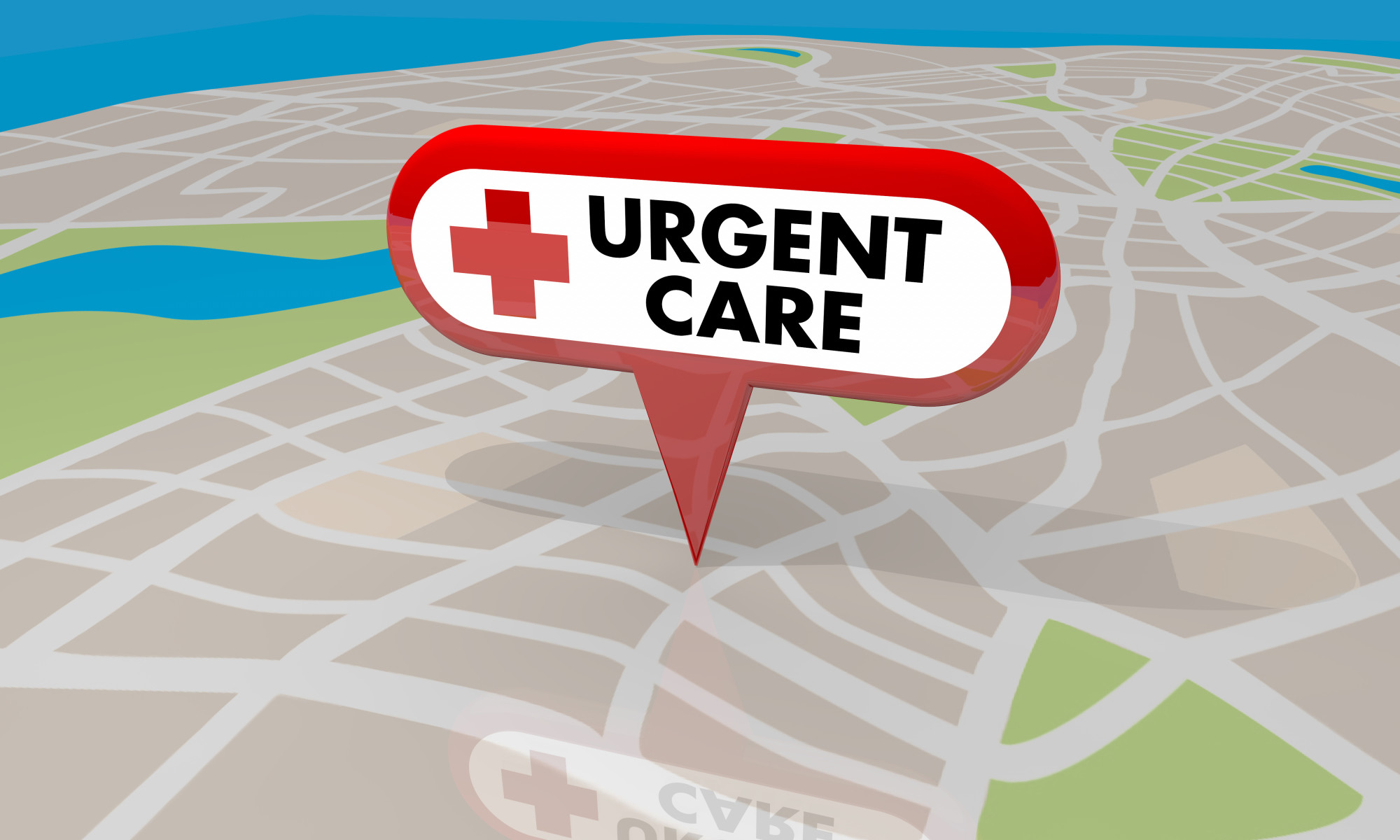What Is the Best Time to Go to Urgent Care? Your Ultimate Guide

Emergency departments in the US receive a staggering 130 million patients each year. With those many patients, it’s no wonder that more than half wait for more than 15 minutes to get attended to.
Studies found that non-emergency cases are key contributors to these long ED queues. Such is the case for two-thirds of the yearly ED visits from patients with private insurance. That’s a lot, considering that EDs receive 27 million visits from these individuals.
It’s during these non-emergencies wherein it’s the best time to go to urgent care.
The question is, what exactly are these non-emergencies that urgent care can help with?
We’ve rounded up some of the top examples in this guide, so be sure to keep reading!
Non-Life Threatening Illnesses
More than 50 million folks in the US have allergies, while about half of that have asthma. If you’re experiencing minor allergy or asthma symptoms, you can rely on urgent care. Do the same if you have mild breathing concerns, slight fevers, or cold and flu symptoms.
Infections of the ear and urinary tract are often treatable in urgent care centers, too. You can even simply walk into a clinic to get treatment for skin woes, such as rashes, itchiness, or dryness.
Just be sure to check the urgent care facility’s website for more info on their operating hours. Most are operate seven days a week, though, but they’re only usually open from 8 AM to 6 PM. To ensure you won’t miss the doctor, you can schedule an appointment online.
It’s also a good idea to time your visit during a weekday, either early in the morning or early afternoon. Many patients are working adults, so most of them head to urgent care centers during their break. As such, the peak hours you’d want to avoid are noon, weekdays, and holidays.
Non-Life-Threatening Injuries
In 2019, US emergency departments treated more than 24.82 million non-fatal injuries. Of these, 15% were for overexertion, cuts, and piercing injuries. Many of these injuries are minor to moderate, which means they aren’t life-threatening.
So, one of the best times to go to urgent care is when you have, say, body pain. The same goes for a wound that needs stitches but doesn’t come with heavy bleeding. Urgent care healthcare professionals can also treat minor wound infections.
You can also go to urgent care for musculoskeletal injuries, such as strains and sprains. It’s also a good idea to head to urgent care for minor burns, such as those you can get from kitchen mishaps.
Flu Shots and Vaccinations
Flu infections result in about 4.3 to 21 million outpatient visits every year. The B/Victoria and H1N1 flu viruses are some of the most common reasons for such visits.
Flu shots help prevent flu infections and the need to spend time in the hospital due to such illnesses. In fact, they helped prevent about 7.5 million flu cases during the 2019 to 2020 flu season.
Fortunately, you don’t have to go to the ER to get vaccinated; urgent care doctors can give you the jab you need. What’s more, you can get other vaccines from them, such as anti-rabies and anti-tetanus.
Feeling Sick? It’s Time to Go to Urgent Care
There you have it, the ultimate guide that answers your question, “what and when is the best time to go to urgent care?” Just remember that urgent care is for non-life-threatening situations. So, if you have minor or moderate illnesses or injuries, it’s best to go to an urgent care center instead of an ED.
Looking for more tips and tricks to help you live healthier and longer? Feel free to check out our other interesting and informative news and blog posts then!



